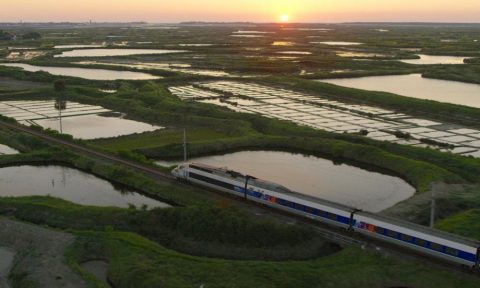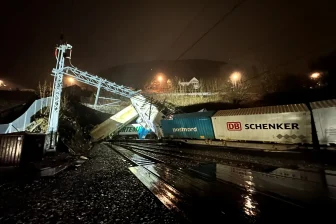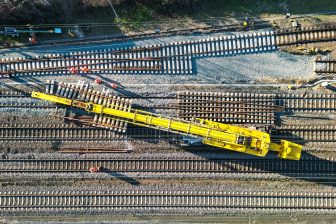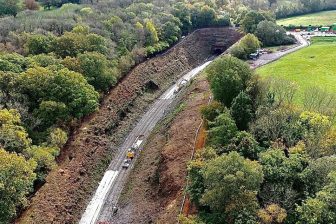
The four high-speed lines that France considers
source: SNCf
The extension of the French high-speed network is a recurring topic. For several years now, four projects have been the subject of debate, some of which require substantial funding. The French government is considering the construction of these four new railway lines, which we will take a look at in this article.
Want to read more?
You have read all of your free premium articles for this month. Please become a subscriber to keep reading.
Subscribe now!
Take advantage of our exclusive offer to get full access to all premium content.



